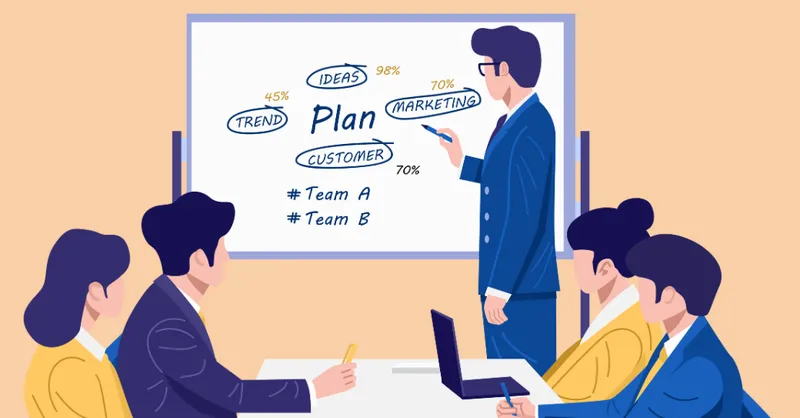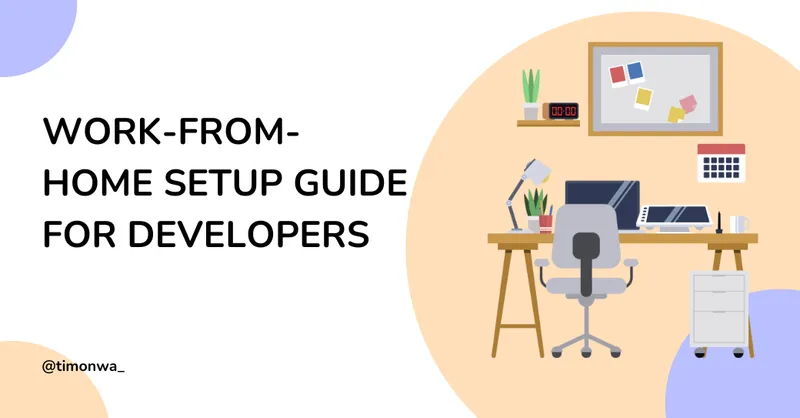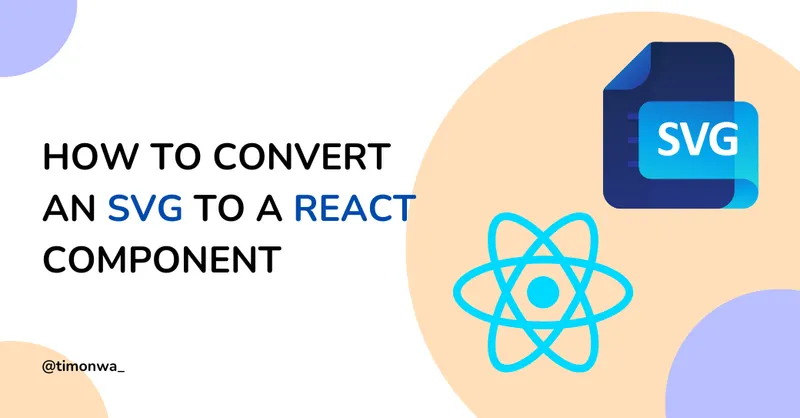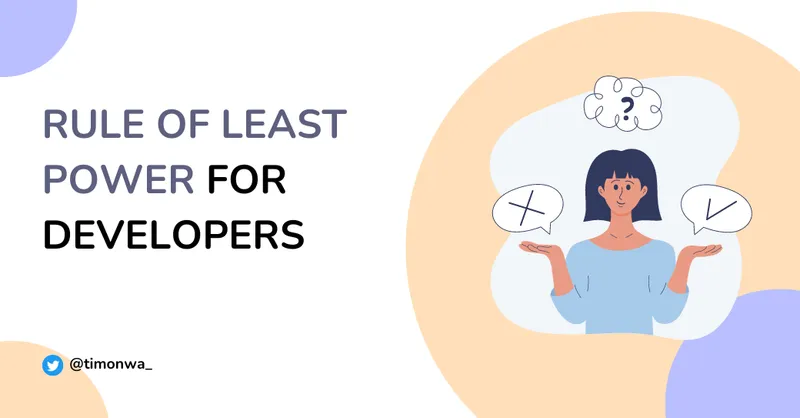In the ever-evolving realm of software development, Feature flags have become a popular technique for managing the release of new features, allowing developers to toggle features on and off without altering code.
This approach, also known as feature flagging or feature toggling, will enable developers to manage feature releases in a highly flexible way, allowing them to roll out functionalities gradually or selectively to user segments.
While feature flags are a powerful tool for developers, they also play a pivotal role in fostering collaboration between development teams and stakeholders. By providing a dynamic mechanism for toggling features, developers can engage in a continuous and interactive dialogue with stakeholders throughout the development process.
This collaborative approach ensures that stakeholders not only stay informed about the project’s progress but actively contribute valuable feedback based on real-time feature demonstrations.
This collaborative synergy between developers and stakeholders profoundly impacts both the development process and business outcomes. From a development perspective, feature flags enable a more iterative and responsive workflow, allowing developers to adapt features based on ongoing collaboration and feedback.
On the business front, this collaboration ensures that the final product aligns closely with stakeholder expectations, resulting in a more refined and user-centric outcome.
This article will explore in detail how feature flags enhance this collaboration, providing examples of successful projects and demonstrating the positive impact on overall project outcomes.
Feature Flags: A Brief Introduction
Feature Flags or feature toggles are invaluable tools in software development, enabling developers to control the visibility of application features in production environments. These flags, typically implemented as boolean values within the codebase, offer multiple advantages, including
- Conducting A/B testing
- Targeting feature rollouts to specific user segments (e.g., beta testers)
- Swift feature rollback in case of bugs or issues
- Gradual feature deployment across all users
- Employing feature toggles for maintenance purposes
- Implementing kill switches for unreleased or problematic features and more.
The significance of feature flags in the development process cannot be overemphasized. Having a robust feature management system is crucial to success. Many feature management systems are out there, and one of the most popular ones is ConfigCat. These systems allow developers to manage feature flags in a centralized way, providing a single source of truth for all feature flags.
Understanding Feature Management
Feature management involves identifying, prioritizing, and implementing features in a product. Product teams use it like a toolkit to oversee new feature development from start to finish, including analyzing costs and evaluating their impact.
These systems help teams handle feature requests efficiently, improve communication between different teams, and ensure that only the most impactful features are delivered. They also allow teams to track feature progress, measure their impact, and refine the product development plan for efficiency.
Bridging the Gap Between Developers and Stakeholders
Collaboration between developers and stakeholders is essential for successful feature management. However, this can be challenging, as developers and stakeholders often have different priorities and perspectives. Developers are focused on technical aspects, such as code quality and performance, while stakeholders are more concerned with business goals and user experience.
To bridge this gap, developers must communicate effectively with stakeholders throughout development. Effective communication ensures that stakeholders are kept in the loop and can provide feedback on new features as they develop.
Some strategies to foster effective communication between developers and stakeholders include:
1. Knowing your stakeholders:
Developers should understand the needs and priorities of their stakeholders. Getting to know them includes knowing their business goals, user needs, and technical requirements. This knowledge helps developers tailor their work to meet stakeholder expectations. To gain this understanding, developers should engage with stakeholders early in the planning phase and involve them in the initial discussions.
2. Establishing clear communication channels:
Creating dedicated communication channels can facilitate direct and transparent interaction. Whether through regular meetings, collaborative platforms, or project management tools, having a structured channel ensures that information flows seamlessly between developers and stakeholders.
3. Defining Clear Goals and Objectives:
Everyone must have a clear understanding of the project’s goals and objectives. Communicating the purpose of each feature, the expected outcomes, and how it aligns with the overall business strategy allows for a shared understanding and sets the foundation for collaborative decision-making.
4. Regular Progress Updates:
Implementing a regular update cadence to keep stakeholders informed about the development progress, whether it’s through status reports, demos, or interactive showcases, will provide tangible insights into ongoing work, build trust, and keep expectations aligned.
5. Adapting to Feedback:
Be open to feedback and adapt accordingly. Stakeholders may have different perspectives on implementing a feature, so listening to their input and incorporating it into the development process is essential. It ensures that the final product meets stakeholder expectations and delivers the desired outcomes. Stakeholders should also be open to developer feedback, as they may have valuable insights into technical aspects that can improve the product.
Using Feature Flags to Demonstrate Progress and Gather Feedback
When it comes to feature management, transparency is key. Stakeholders want to know what’s happening with their features and how they are progressing. Feature flags can demonstrate progress by providing stakeholders with a visual representation of the development process and gathering feedback on new features as they develop.
Let’s look at some ways feature flags can enhance collaboration between developers and stakeholders.
Visualizing Feature Progress:
1. Incremental Feature Rollouts: By gradually rolling out components of a feature, stakeholders can witness the feature’s development in stages, providing a clear visual representation of incremental progress.
2. Selective Feature Activation: Activating feature flags selectively to showcase specific functionalities allows stakeholders to observe and interact with distinct aspects of the feature, gaining a deeper understanding of its development.
3. Feature Preview Environments: Creating and activating dedicated environments with feature flags for stakeholders to preview allows them to gain hands-on experience, explore the feature in a controlled environment, and offer more informed feedback.
4. Visual Dashboards and Analytics: Using visual dashboards to display feature progress and usage analytics allows stakeholders to track key metrics and observe how users interact with the evolving feature, gaining insights into its real-world impact.
Gathering Stakeholder Feedback
1. Feature-Specific Feedback Mechanism: Implementing feature-specific feedback mechanisms tied to feature flags allows stakeholders to provide targeted feedback on specific aspects of the feature, streamlining the feedback process.
2. Survey Integration: Providing stakeholders with survey or feedback forms to gather feedback on activated feature flags can provide developers with insights into their preferences, concerns, and overall satisfaction.
3. User Experience Testing: Observing how stakeholders interact with a feature in a real-world context helps uncover usability issues and areas for improvement.
4. In-App Feedback Prompts: Integrating in-app feedback prompts with feature flags provides spontaneous feedback from stakeholders while actively using the feature, capturing immediate reactions and impressions.
By strategically combining these visualization and feedback-gathering strategies with feature flags, developers demonstrate tangible progress and cultivate a collaborative environment where stakeholders actively contribute to the refinement and success of evolving features.
Unlocking Collaborative Success with Feature Flags
Successful software development projects require effective collaboration and strategic feature management to achieve optimum results. This collaboration and strategic use of feature flags can contribute to navigating challenges successfully, gathering valuable feedback, and refining features precisely.
For example, a social media platform, Snapgram, plans to introduce a new feature to enhance its user experience. They would like to roll out a new feature. However, their user base is diverse, and there’s uncertainty about how different demographics will respond to the change. Their challenge is to ensure a positive reception and gather valuable feedback from specific user groups. How would they solve this using feature flags?
Using feature flags, the social media platform can implement a collaborative feature management process that involves the following steps:
- Segmentation and Feature Flags:
- Snapgram employs feature flags to segment its user base based on demographics such as age groups, regions, or user behaviors.
- The new feature is initially rolled out to a small subset of users within specific demographics, ensuring a controlled release.
- Real-Time Feedback Loop:
- Users in the selected demographics experience the new feature in real time, and Snapgram establishes a feedback loop through in-app prompts and surveys.
- Stakeholders, including product managers, developers, and user experience experts, actively engage with user feedback to understand preferences and identify potential improvements.
- Iterative Refinement:
- Feature flags allow Snapgram to iteratively refine the feature based on ongoing feedback without disrupting the entire user base.
- Regular progress updates are shared with stakeholders, showcasing how user sentiments evolve over time and illustrating the collaborative refinement process.
- Adapting to User Preferences:
- Snapgram adapts the feature based on insights gained from different demographics. For instance, if a specific age group prefers a particular feature aspect, adjustments are made to cater to those preferences.
- Clear communication channels ensure stakeholders are informed about the adaptation process, fostering transparency and collaboration.
- Full Rollout with Confidence:
- After successful iterations and positive feedback from targeted demographics, Snapgram confidently extends the feature to the entire user base.
- Stakeholders, having actively participated in the collaborative refinement process, witness the positive impact of their input on the final feature.
This example illustrates how collaborative feature management, feature flags, and effective communication can allow Snapgram to navigate the complexities of a diverse user base. With a strategic and controlled rollout of features, user preferences can be considered, and stakeholders actively contribute to the feature’s refinement.
Conclusion
In conclusion, integrating feature flags into collaborative software development practices is a pivotal strategy for achieving success. Feature flags not only empower developers to navigate the intricacies of feature releases with flexibility but also foster effective collaboration between development teams and stakeholders.
The ability to demonstrate progress, gather valuable feedback, and refine features precisely contributes to a more streamlined and efficient development process.
Furthermore, as exemplified by Snapgram’s hypothetical scenario, collaborative feature management, when combined with feature flags and transparent communication, enables organizations to address challenges associated with diverse user bases successfully.
The strategic and controlled rollout of features, driven by user feedback and insights, underscores the transformative potential of feature flags in enhancing both user satisfaction and project outcomes.
In essence, unlocking collaborative success with feature flags signifies a paradigm shift in software development, emphasizing adaptability, user-centricity, and active stakeholder participation.




